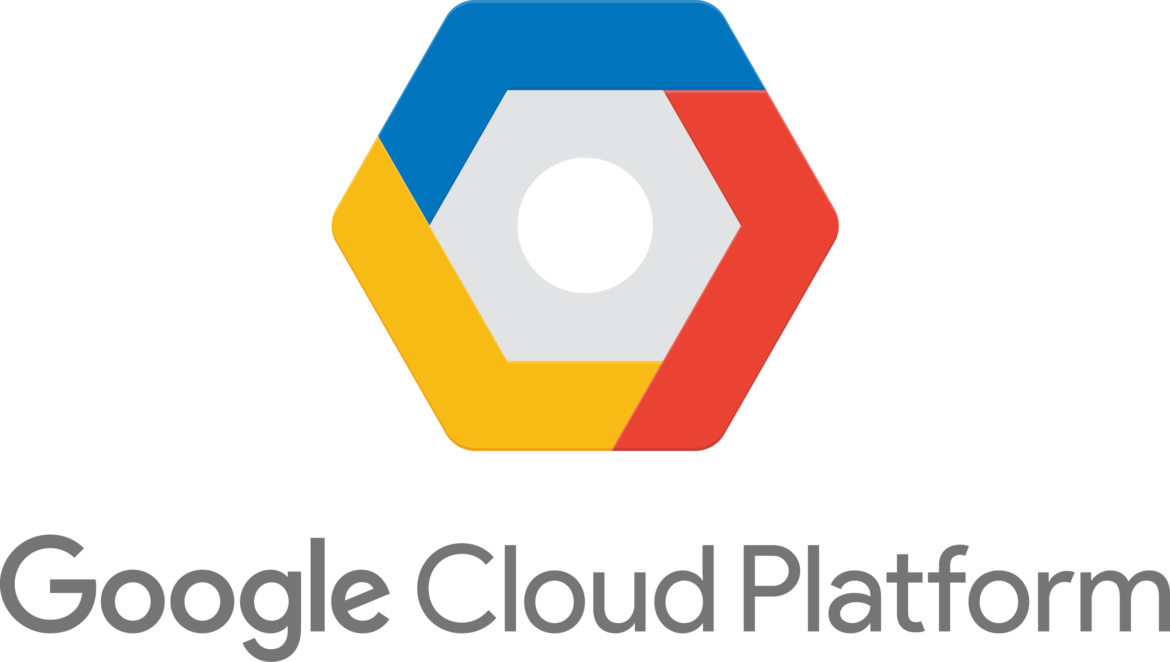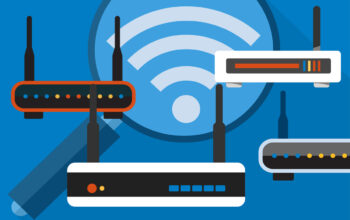Google Cloud Platform (GCP) is a cloud technology and infrastructure provider for the deployment and execution of web apps. Its focus is to provide people and companies with a place to create and execute software, so it utilizes the web to communicate to the computer’s users. Imagine tens of thousands of very large, but also quite testable data center websites running on a system, and you will get the general idea.
Google keeps a record of all the assets it consumes while you run a website, service, or a program on GCP, especially how much computing power, file storage, database requests, and internet connectivity it requires. You are charged for all of these tools on the per second basis instead of minutes like AWS and Azure. Instead of leasing a database or DNS account monthly thatis what you will do for a normal website vendor, with benefits that occur when your products are used extensively by your consumers on the internet. Get yourself a Google cloud certification to make the most of GCP.
GOOGLE CLOUD PLATFORM (GCP) Features
Then what are you doing on a cloud network, or why do you want to do that on Google cloud platform? Whenever you want the resources you offer to your customers, your employers, or your colleagues and peers to be a software as compared to a website, you choose a cloud service. Perhaps you would like to help property developers determine the structural characteristics of the shelves they need to reconstruct a kitchen. Perhaps you’re reviewing athletes’ performance data for a national athletics team, and you need big data to tell the players and coaches whose performance might boost. Or you might search tons of archived journal copy files, and you will need to create a scannable database that dates back years.
If you want to develop and deploy an app which can take full advantage of big data centres in any way, you choose a cloud infrastructure like GCP: to meet active users, or to borrow advanced analytics and AI functionality, or to use huge data processing, or to reap benefits of the cost cost savings. You pay not for the computer, but for the services that are used by the machine.
It is considered that Google Cloud Platform has some key advantages:
- Automating modern device development. Different dynamic components make up a successful app, that is why some programmers choose to create their applications in the cloud to start with cloud-native. Google is the founder of Kubernetes, that is a facilitator of multi-component software. Slightly earlier on, Google took a pragmatic approach to streamlining the production of such multi-faceted cloud apps: exposing itself, for instance, to Kubo, an integration framework originally developed to assist developers migrate their applications from development platforms to the cloud technology via Cloud Foundry.
- Controlling Cost Creativeness. The approach of Google through Google Cloud Platform is to allow cost competitive position in some “ideal range” situations rather than becoming the moderate cost leader. For instance, because of its object file storage, Google provides a product life cycle planner that allows objects that have not been used with in a month or more to be offloaded or deleted.
- Ease of use for beginners. A network for cloud computing can be a daunting notion for a novice to absorb. Much as it was not clear to many customers what the function of a microprocessor really was, for people who are used to see and touch the system they should use, a public cloud is a modern and alien thing. Step-by-step explanations of just doing several of the most routine services are given by Google Cloud Platform. for instance, revving up a Linux-based vm, that is like declaring and building up your private, completely new device out of pure nothingness.
GOOGLE CLOUD PLATFORM SERVICES
In the context, cloud systems are hard to grasp. So here are all the key services that Google Cloud Platform provides to help you understand Google Cloud Platform quite expressly:
- Google Kubernetes Engine: It is a unique and fresh tool for containerized apps.
- Google Cloud Storage: It is helpful in storing objectdata.
- Google Compute Engine (GCE): IttooperateVMs i.e., virtual machines.
- Google App Engine: It gives software programmers with resources and coding languages including PHP, Python, and even its competitors’ ASP .NET, for creating and deploying a web app on Google cloud platform directly.
- Anthos:Itis Google Cloud Platform’s system to organize and maintain appsfocusedon Google, but mightuseassets from Azure or AWS.
- Nearline: Itis a method to get backup as well as archival data through Google cloud storage.
- BigQuery: Itis a data warehousing platform developed for really large volumes of massively distributed data that allows Sql commands to be performed through several repositories with different levels of configuration.
- Cloud Bigtable:Itis a dynamically data deduplication system built on Google’s huge storage program made for one’s own use in processing query indexes that organizes related data into an inter array of value or key pairs.
- Cloud SQL: Ithosts far more conventional, database engine indexes and tables, and use a GCE example that adjusts itself through meeting the performance requirements of the dataset.
- Cloud Translation, Text-to-Speech, and Speech-to-Text: Itutilizes the current ability of Google to handle language abilities of verbal as well as written language to be used in software solutions.
- Apigee:It is a modelling framework for the development and management of APIs by using Internet as a means of communication.
- Istio: Itis a fascinating sort of “phone directory” for new, scalable apps that are deployed as independent units called microservices.
- Cloud Sub/Pub: It is a process that substitutes the message queues that were used in the past period of server/client apps by middleware.
- Cloud AutoML: It is a set of services designed to allow apps to utilize machine learning across large amounts of data to identify perceptible trends and use those trends within a framework.
- Cloud Run:it allows programmers to use the virtualized framework to plan and run their apps in Google’s cloud—building and running software with the effect of being managed locally rather than in the cloud.



